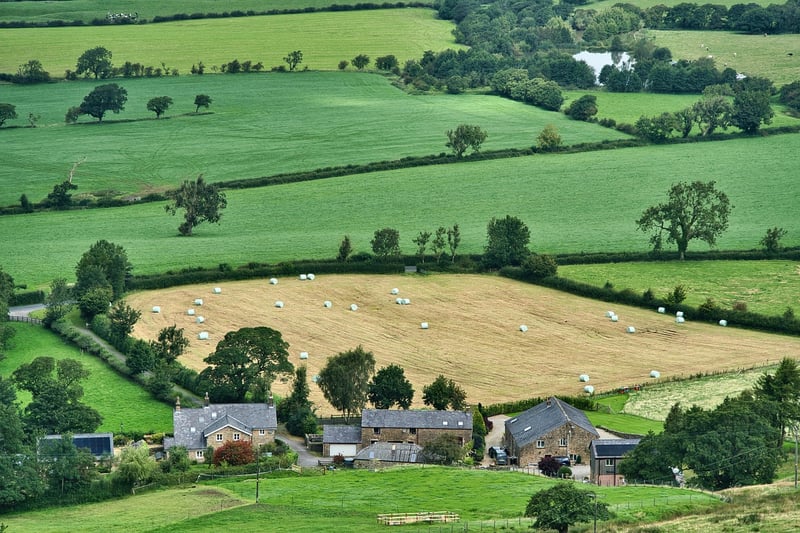Urban Farms
The Rise of Collaborative Green Spaces and Urban Farms
In the midst of bustling cities and urban landscapes, a new trend is emerging - the rise of collaborative green spaces and urban farms. These community-driven initiatives are transforming concrete jungles into vibrant oases, promoting sustainability, community engagement, and a connection to nature.
Benefits of Collaborative Green Spaces and Urban Farms
1. Environmental Benefits: Urban farms and green spaces help combat the heat island effect, improve air quality, and promote biodiversity in cities.
2. Social Benefits: These spaces provide a sense of community, opportunities for social interaction, and educational programs on gardening and sustainable living.
3. Health Benefits: Access to fresh produce and green spaces encourages physical activity, reduces stress, and improves overall well-being.
Examples of Collaborative Green Spaces
1. Guerrilla Gardening: Guerrilla gardening involves transforming neglected public spaces into green areas for community use without formal permission.
2. Community Gardens: These gardens are collectively cultivated by a group of people, fostering a sense of ownership and pride in the community.
How to Get Involved
If you're interested in joining the movement towards collaborative green spaces and urban farms, here are some ways to get involved:
- Volunteer at local urban farms or community gardens.
- Attend workshops on sustainable gardening practices.
- Join or start a community group focused on green initiatives.
- Support local farmers markets and initiatives promoting urban agriculture.
Together, we can create greener, healthier, and more sustainable cities through collaborative green spaces and urban farming!


